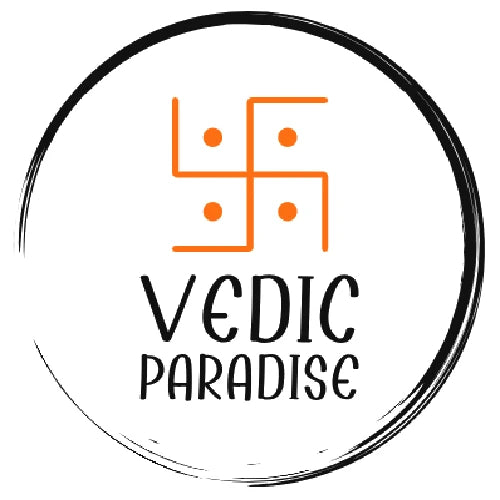Organic cotton
Natural cotton cultivation without the use of modern agricultural chemicals, such as fertilizers, pesticides, or transgenic technologies is referred to as organic cotton.
Upcycled Fabrics
When pre- or post-consumer textile waste material, or a combination of the two, is recycled and given a new lease on life to make newer clothes and goods with a higher level of quality and environmental value, this process is known as fabric upcycling.
Reuse & Recycle
Consider using the Pooja clothes numerous times rather than discarding them after a single use. To extend their life, thoroughly wash and store them.
Ahimsa Silk
Any sort of silk that is created without causing injury or killing the silkworms is referred to as ahimsa silk, also known as peace silk, cruelty-free silk, and non-violent silk.
Dyeing Techniques
Pooja clothes are mainly made up of neutral dyes. Avoid using harmful chemical dyes that pollute the waterways.
Minimalistic Design
A pooja textile concept known as minimalism places an emphasis on clarity, functionality, and simplicity. It is a departure from over-the-top ornamentation and garish patterns, adopting a more subdued and sophisticated design.
Handmade
Support local stores or artisans who create pooja cloth using sustainable materials. It not only helps them to grow but also minimizes wastage.
